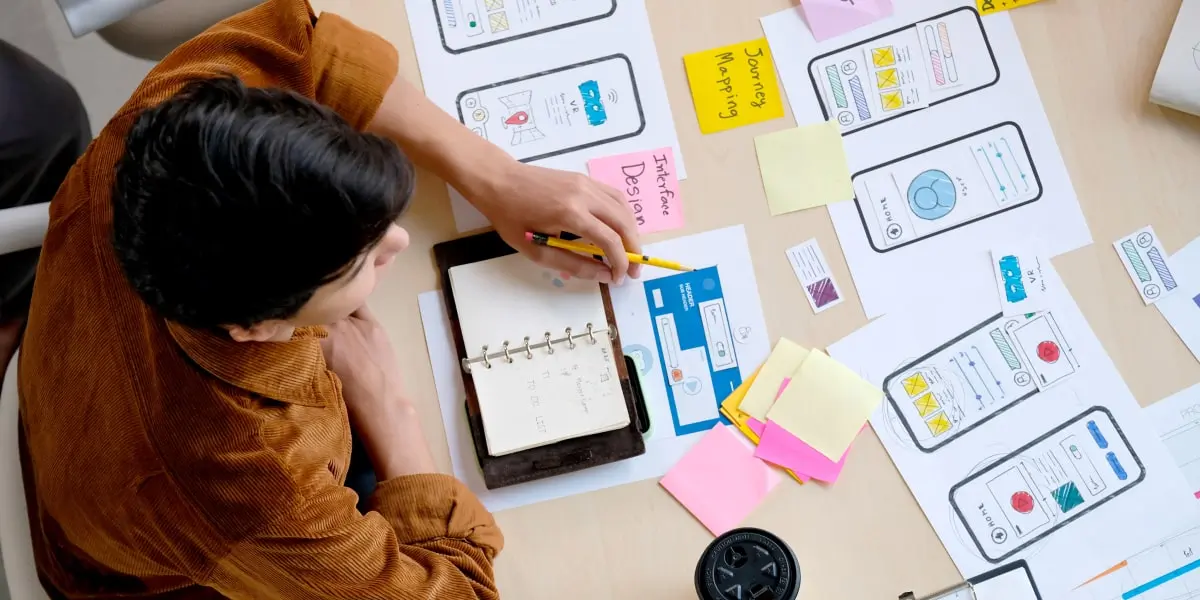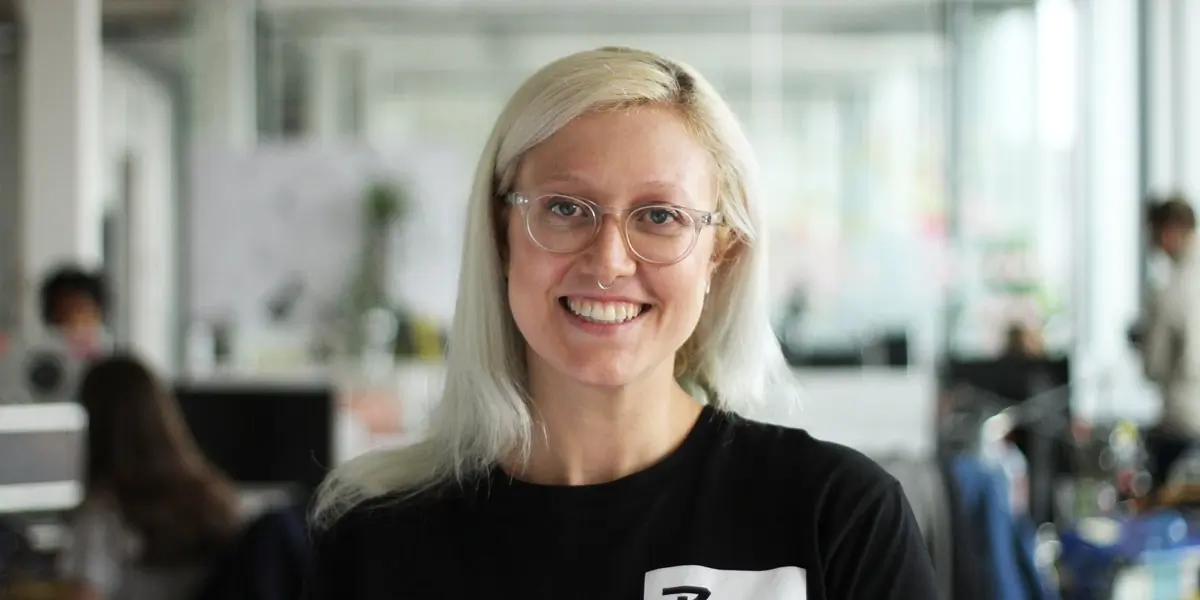User Experience (UX) Design
What is UX design?
UX design, or user experience design, is the process of creating products and experiences that help users get done what they’ve come to do—as efficiently and effectively as possible.
But what is user experience? In short, the user experience is how users feel as they engage with your product. This concept applies to physical objects and daily experiences, like using a coffee maker or buying a car at a dealership; but it also applies to the digital side of life—think about the last time you transferred money using a banking app, purchased something online, or even played a game on your phone.
How each of these apps or websites are designed, combined with your needs and goals as you engage with them, create the user experience. Sometimes it’s a really great experience; sometimes, not so much.
UX design is the process of understanding and empathizing with the actual needs and goals of your users, diving into that user experience, locating the problems (often called “pain points”), and finding solutions that result in a better user experience.
Good UX design often flies just under your radar—unless it’s just a really outstanding experience, if the UX is good, you don’t notice it. Things are just working the way they’re supposed to. But bad UX? You’ll spot it every time, and chances are that you won’t be very interested in repeating your experience with that product.
Where did UX design come from?
While the demand for UX designers continues to increase, UX design isn’t just an entirely new concept formulated to meet the demands of the ever-evolving tech industry. It’s got a rich history rooted in the design of everyday things.
Some of the most basic tenets of UX can be traced as far back as 4000 BC to the ancient Chinese philosophy of Feng Shui, which focuses on arranging your surroundings in the most optimal, harmonious or user-friendly way. There is also evidence to suggest that, as early as the 5th century BC, Ancient Greek civilizations designed their tools and workplaces based on ergonomic principles.
In the late 19th century, great thinkers and industrialists like Frederick Winslow Taylor and Henry Ford began integrating basic experience design principles into their production processes. On a mission to make human labor more efficient, Taylor conducted extensive research into the interactions between workers and their tools—just like UX designers today investigate how users interact with products and services.
Another key figure in the history of UX is industrial engineer Henry Dreyfuss, who wrote one of the earliest books in the UX design canon: Designing for People (1955).
Next up, Don Norman joined the team at Apple as their first User Experience Architect—making him the first person known to have UX in his job title. He came up with the term “user experience design,” wrote another essential UX design book—The Design of Everyday Things (1988), and co-founded the Nielsen Norman Group
For centuries, humans have been seeking to optimize their surroundings for maximum user comfort. And over time, that attention to design has evolved and adapted to a digital age, which brings us full circle, back to the demand for UX designers in the world of tech.
What does a UX designer actually do?
Guided by the design thinking process (more on this in a moment), a UX designer understands and advocates for the needs and goals of the user.
This process begins with empathy. UX designers connect with users and seek to understand what makes them tick, as well as what they really need from this product or experience. That’s called user research and it comprises the bulk of the empathize stage of the process.
The next stage is to clearly define what problems, needs, and goals users have that the product could potentially solve or help users achieve. This leads naturally into the ideation stage, when UX designers actively come up with feasible solutions to the problems they’ve defined. This ideation can take many forms, but it’s not unlike brainstorming ideas for classes, projects, and lesson plans.
In the prototyping stage, UX designers take their solutions and build them into a functioning model so they can share the ideas with stakeholders and test the solutions to make sure they’ll actually work. And that’s the final stage of the process: testing to make sure that the solutions they’ve arrived at will actually improve the user experience.
This process takes on the entire life cycle of a product (from concept to delivery and beyond). It also involves coordinating and communicating with such a variety of people—from users and fellow designers to developers and stakeholders (which could include any number of people from all levels of the organization).
What is a UX designer’s core skillset?
Because of the sheer scope of the work UX designers do, it’s easy to see that the core skillset is incredibly broad. It includes everything from conducting user research and cultivating empathy for their users (in themselves and among key stakeholders and others involved in the product development process), to leading design thinking workshops and developing, presenting, testing and iterating on prototypes and wireframes.
A great UX designer can connect and communicate with a broad variety of audiences (internal and external to the organization and the design process). They are empathetic and curious—always ready to learn more. They’re critical thinkers who can approach problems in strategic ways while they embrace the creativity required to arrive at truly innovative and effective solutions.
UX designers are also fluent in a variety of tools and processes involved in user research, usability testing, communication and project management, visual design, wireframing, and prototyping. Many UX writers also specialize in UX research, UI design, and/or UX writing. Impressive!
How to become a UX designer
Whether you’re a graphic designer, teacher, barista, or astronaut—if you’re interested in a career in UX design, the first step is to get the lay of the land.
First, do some research and find out what kinds of salaries UX designers make where you live (or want to live). Our UX designer salary guide is a great place to start.
Finally, get an understanding of the full scope of the UX design skillset—which skills you already have, and which one’s you’ll need to brush up on.
The most difficult part of the skillset to master is the soft skills category. This includes skills like empathy, organization, communication, and critical thinking. These competencies take time and effort to cultivate. You can’t take a class on empathy and check it off your list!
The good news is that soft skills are the most common transferable skills—things you’ve already developed through your previous work experiences. A good teacher could make an excellent UX designer, for example, because they’ve already developed their ability to communicate, think critically, and stay organized. They also usually have some pretty impressive empathy muscles to flex! But the same could also be said of many, many other professional backgrounds.
The most common area where career changers find they need training is in their technical skills. For UXers this includes the tools and processes involved in user research and testing, as well as those used for prototyping, wireframing, and creating all kinds of common deliverables—like user personas, persona spectrums, customer journey maps, and more.
In addition to that core skillset (the combo of soft and technical skills), there are also a slew of non-design skills that will take an average UX designer and make them an outstanding one.
After you identify your transferable skills, it’s time to close the gap and start learning! Here are a few ways you can get started:
- Read some great UX design books or your pick of design thinking books
- Listen to these outstanding UX/UI design podcasts
- Take a free short course in UX design
- Enroll in a design thinking certification program or a UX design school to get more structured learning—ideally with mentorship and some kind of job preparation or guarantee
What is UX design?
UX design, or user experience design, is the process of creating products and experiences that help users get done what they’ve come to do—as efficiently and effectively as possible.
But what is user experience? In short, the user experience is how users feel as they engage with your product. This concept applies to physical objects and daily experiences, like using a coffee maker or buying a car at a dealership; but it also applies to the digital side of life—think about the last time you transferred money using a banking app, purchased something online, or even played a game on your phone.
How each of these apps or websites are designed, combined with your needs and goals as you engage with them, create the user experience. Sometimes it’s a really great experience; sometimes, not so much.
UX design is the process of understanding and empathizing with the actual needs and goals of your users, diving into that user experience, locating the problems (often called “pain points”), and finding solutions that result in a better user experience.
Good UX design often flies just under your radar—unless it’s just a really outstanding experience, if the UX is good, you don’t notice it. Things are just working the way they’re supposed to. But bad UX? You’ll spot it every time, and chances are that you won’t be very interested in repeating your experience with that product.
Where did UX design come from?
While the demand for UX designers continues to increase, UX design isn’t just an entirely new concept formulated to meet the demands of the ever-evolving tech industry. It’s got a rich history rooted in the design of everyday things.
Some of the most basic tenets of UX can be traced as far back as 4000 BC to the ancient Chinese philosophy of Feng Shui, which focuses on arranging your surroundings in the most optimal, harmonious or user-friendly way. There is also evidence to suggest that, as early as the 5th century BC, Ancient Greek civilizations designed their tools and workplaces based on ergonomic principles.
In the late 19th century, great thinkers and industrialists like Frederick Winslow Taylor and Henry Ford began integrating basic experience design principles into their production processes. On a mission to make human labor more efficient, Taylor conducted extensive research into the interactions between workers and their tools—just like UX designers today investigate how users interact with products and services.
Another key figure in the history of UX is industrial engineer Henry Dreyfuss, who wrote one of the earliest books in the UX design canon: Designing for People (1955).
Next up, Don Norman joined the team at Apple as their first User Experience Architect—making him the first person known to have UX in his job title. He came up with the term “user experience design,” wrote another essential UX design book—The Design of Everyday Things (1988), and co-founded the Nielsen Norman Group
For centuries, humans have been seeking to optimize their surroundings for maximum user comfort. And over time, that attention to design has evolved and adapted to a digital age, which brings us full circle, back to the demand for UX designers in the world of tech.
What does a UX designer actually do?
Guided by the design thinking process (more on this in a moment), a UX designer understands and advocates for the needs and goals of the user.
This process begins with empathy. UX designers connect with users and seek to understand what makes them tick, as well as what they really need from this product or experience. That’s called user research and it comprises the bulk of the empathize stage of the process.
The next stage is to clearly define what problems, needs, and goals users have that the product could potentially solve or help users achieve. This leads naturally into the ideation stage, when UX designers actively come up with feasible solutions to the problems they’ve defined. This ideation can take many forms, but it’s not unlike brainstorming ideas for classes, projects, and lesson plans.
In the prototyping stage, UX designers take their solutions and build them into a functioning model so they can share the ideas with stakeholders and test the solutions to make sure they’ll actually work. And that’s the final stage of the process: testing to make sure that the solutions they’ve arrived at will actually improve the user experience.
This process takes on the entire life cycle of a product (from concept to delivery and beyond). It also involves coordinating and communicating with such a variety of people—from users and fellow designers to developers and stakeholders (which could include any number of people from all levels of the organization).
What is a UX designer’s core skillset?
Because of the sheer scope of the work UX designers do, it’s easy to see that the core skillset is incredibly broad. It includes everything from conducting user research and cultivating empathy for their users (in themselves and among key stakeholders and others involved in the product development process), to leading design thinking workshops and developing, presenting, testing and iterating on prototypes and wireframes.
A great UX designer can connect and communicate with a broad variety of audiences (internal and external to the organization and the design process). They are empathetic and curious—always ready to learn more. They’re critical thinkers who can approach problems in strategic ways while they embrace the creativity required to arrive at truly innovative and effective solutions.
UX designers are also fluent in a variety of tools and processes involved in user research, usability testing, communication and project management, visual design, wireframing, and prototyping. Many UX writers also specialize in UX research, UI design, and/or UX writing. Impressive!
How to become a UX designer
Whether you’re a graphic designer, teacher, barista, or astronaut—if you’re interested in a career in UX design, the first step is to get the lay of the land.
First, do some research and find out what kinds of salaries UX designers make where you live (or want to live). Our UX designer salary guide is a great place to start.
Finally, get an understanding of the full scope of the UX design skillset—which skills you already have, and which one’s you’ll need to brush up on.
The most difficult part of the skillset to master is the soft skills category. This includes skills like empathy, organization, communication, and critical thinking. These competencies take time and effort to cultivate. You can’t take a class on empathy and check it off your list!
The good news is that soft skills are the most common transferable skills—things you’ve already developed through your previous work experiences. A good teacher could make an excellent UX designer, for example, because they’ve already developed their ability to communicate, think critically, and stay organized. They also usually have some pretty impressive empathy muscles to flex! But the same could also be said of many, many other professional backgrounds.
The most common area where career changers find they need training is in their technical skills. For UXers this includes the tools and processes involved in user research and testing, as well as those used for prototyping, wireframing, and creating all kinds of common deliverables—like user personas, persona spectrums, customer journey maps, and more.
In addition to that core skillset (the combo of soft and technical skills), there are also a slew of non-design skills that will take an average UX designer and make them an outstanding one.
After you identify your transferable skills, it’s time to close the gap and start learning! Here are a few ways you can get started:
- Read some great UX design books or your pick of design thinking books
- Listen to these outstanding UX/UI design podcasts
- Take a free short course in UX design
- Enroll in a design thinking certification program or a UX design school to get more structured learning—ideally with mentorship and some kind of job preparation or guarantee
All articles

Creative Tech Careers: An Expert’s Advice
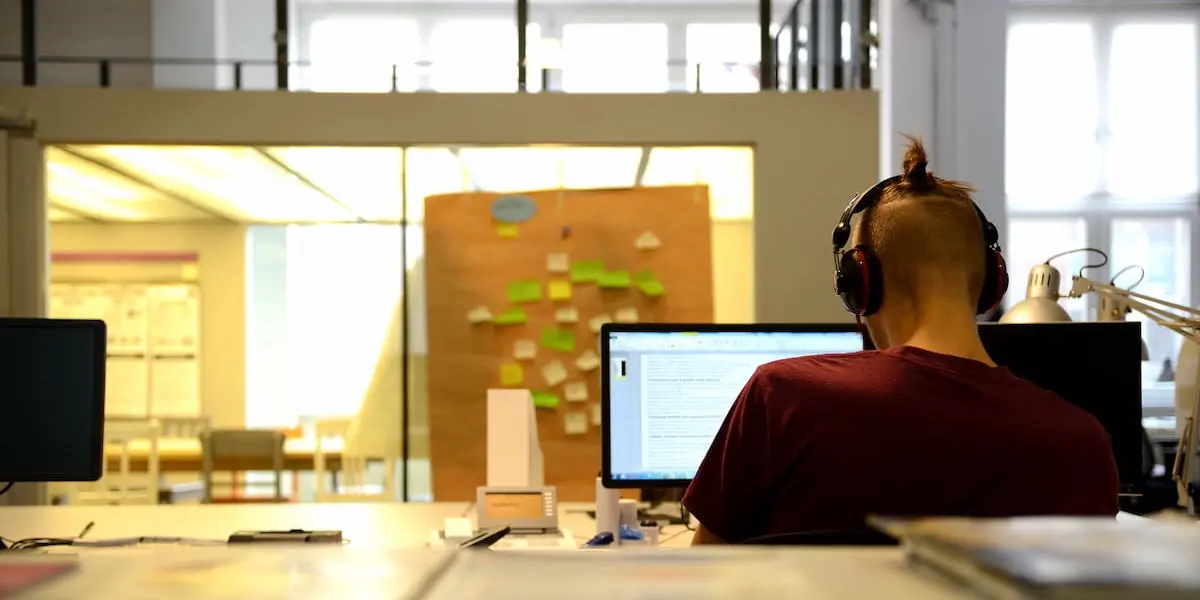
A Guide to UX Design in Berlin
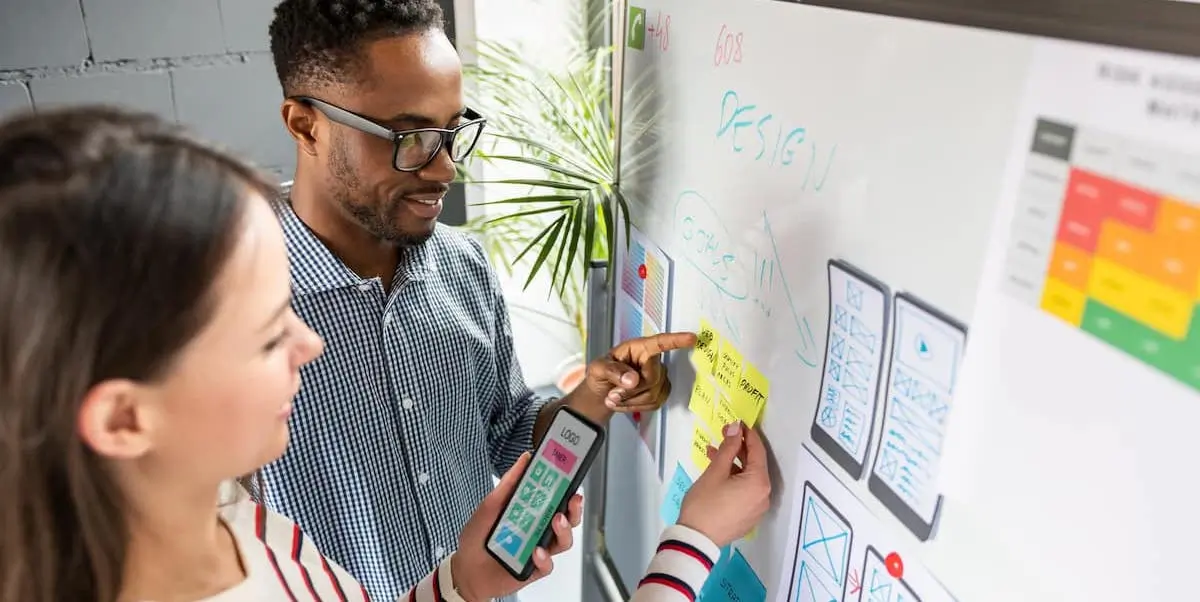
The Ultimate Guide to UX User Stories [With Examples]

The 10 Best AI Tools for Graphic Design

The Top UX Bootcamp Reddit Advice: The Complete Guide

Midjourney vs Stable Diffusion: What Are the Differences?

The Top 15 UX Influencers You Should Be Following in 2025

Midjourney AI: The Complete Guide to the AI Art Generator

Visily: The AI Wireframing Tool Explained
Read more articles >

How Sara Became a UX Designer at the BBC With CareerFoundry

How to Break into Product Management: A Career Change Guide
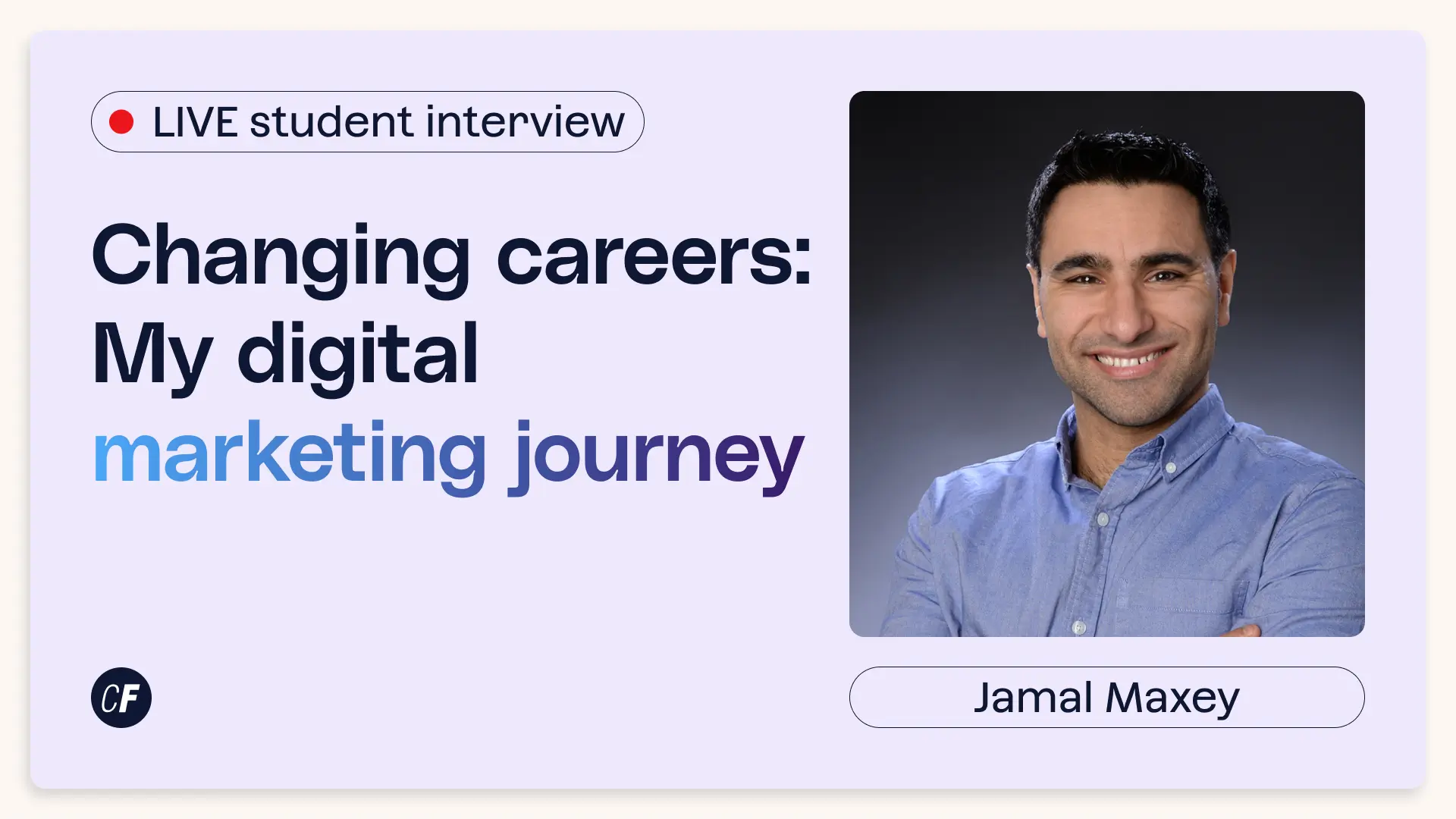
How to Start a Digital Marketing Career: A Student Success Story with CareerFoundry

Career Change with a Bildungsgutschein: How Adi Became a Data Analyst for Free
Read more articles >

How to Break into Product Management: A Career Change Guide

How to Start a Digital Marketing Career: A Student Success Story with CareerFoundry

Career Change with a Bildungsgutschein: How Adi Became a Data Analyst for Free

How CareerFoundry Helped a Historian Transition into Data Analytics
Read more articles >

